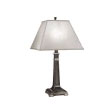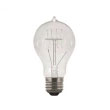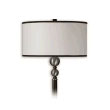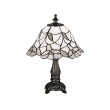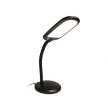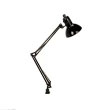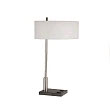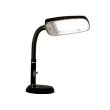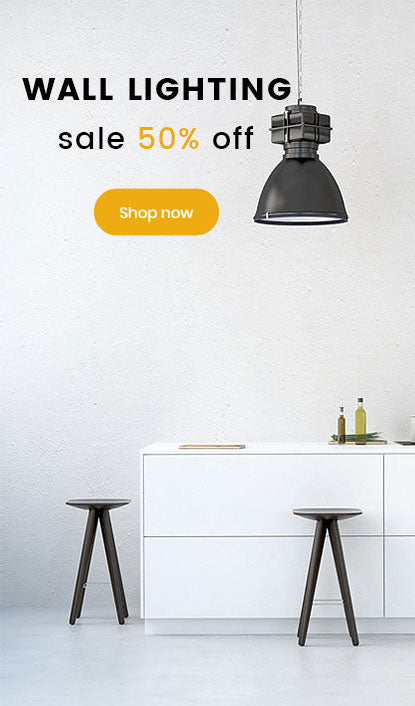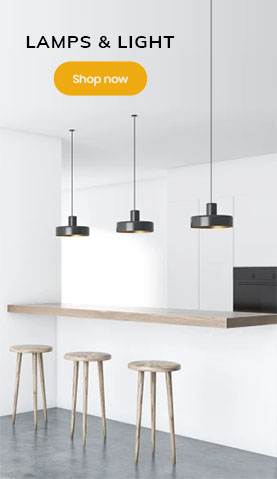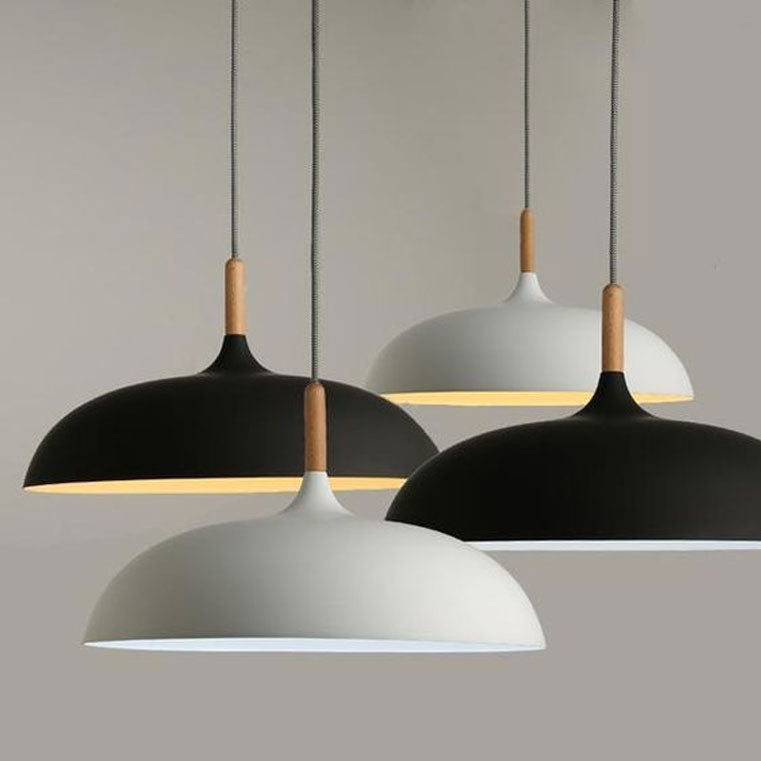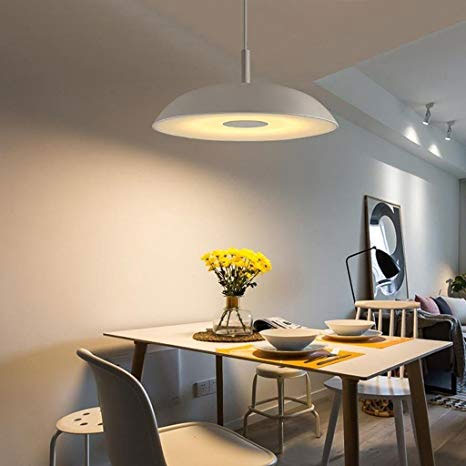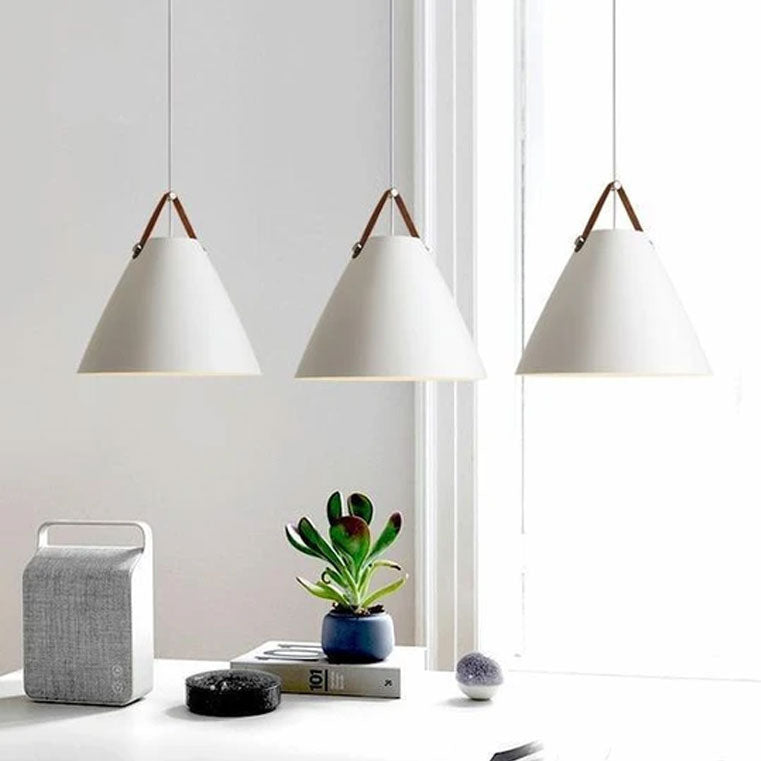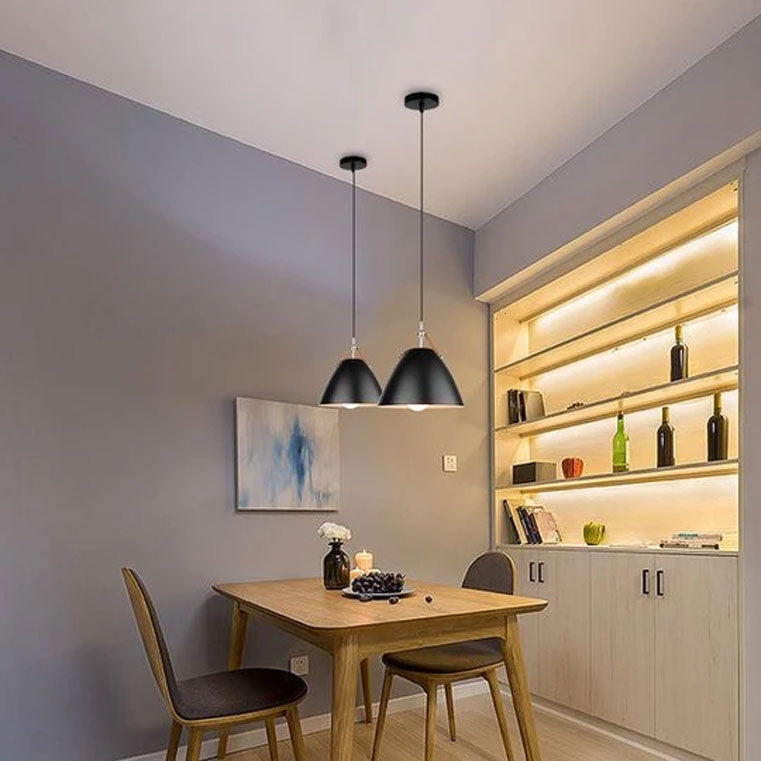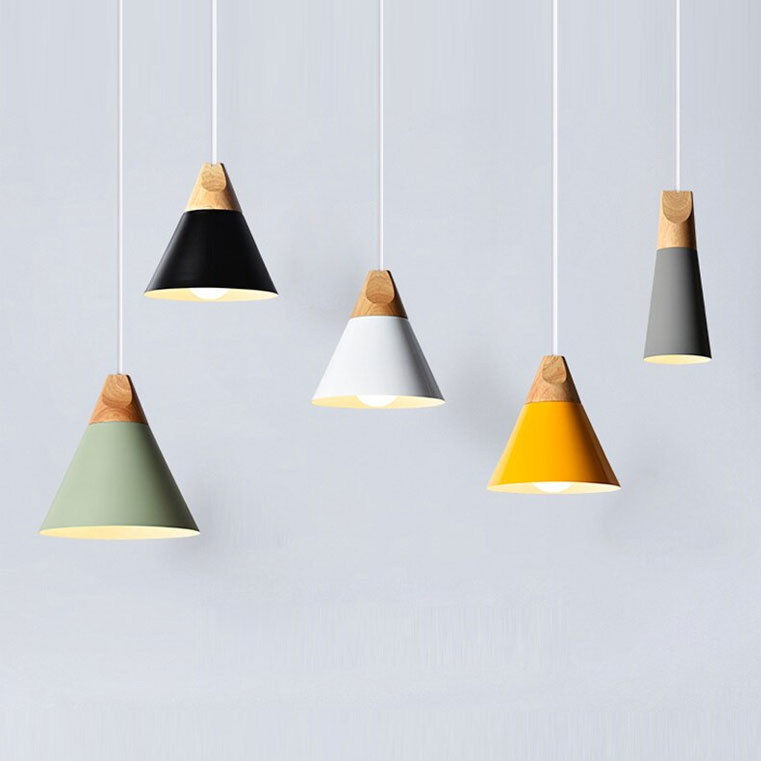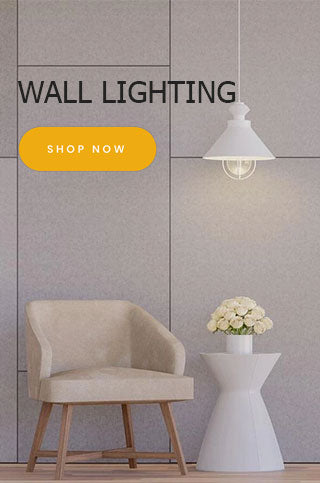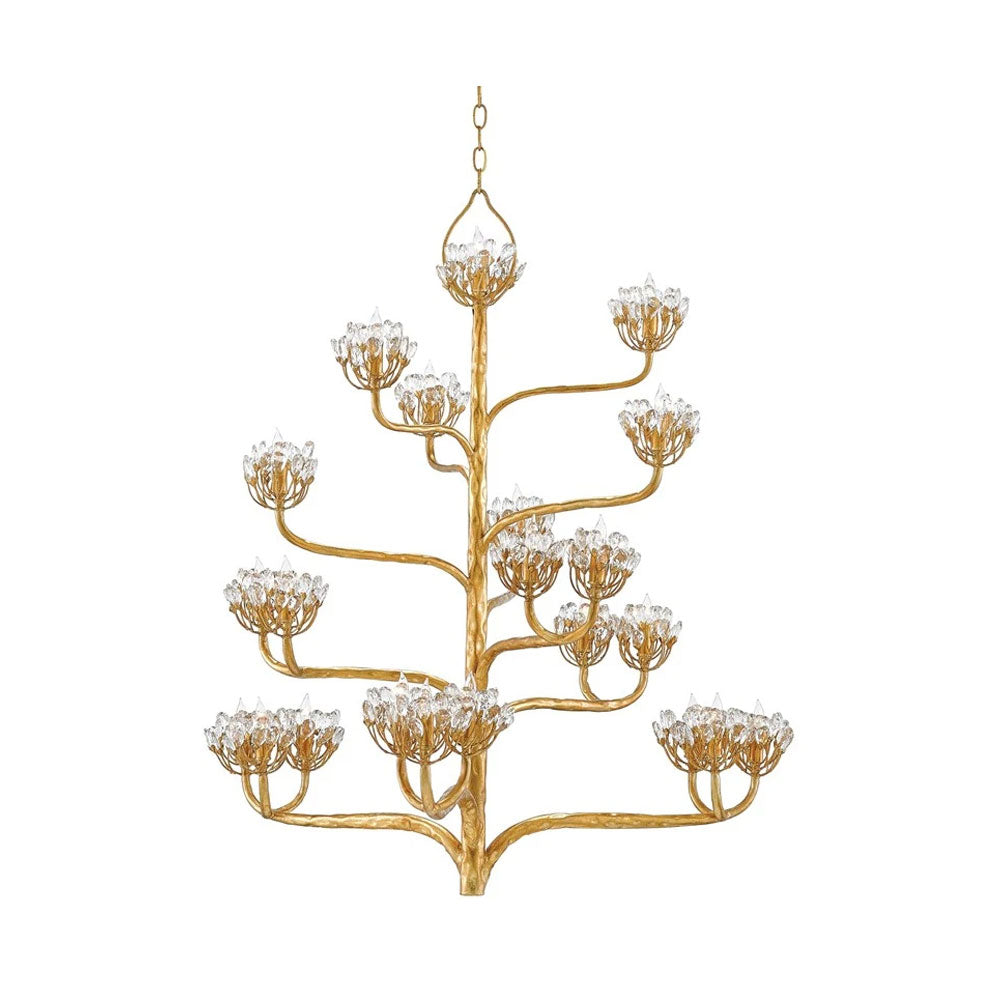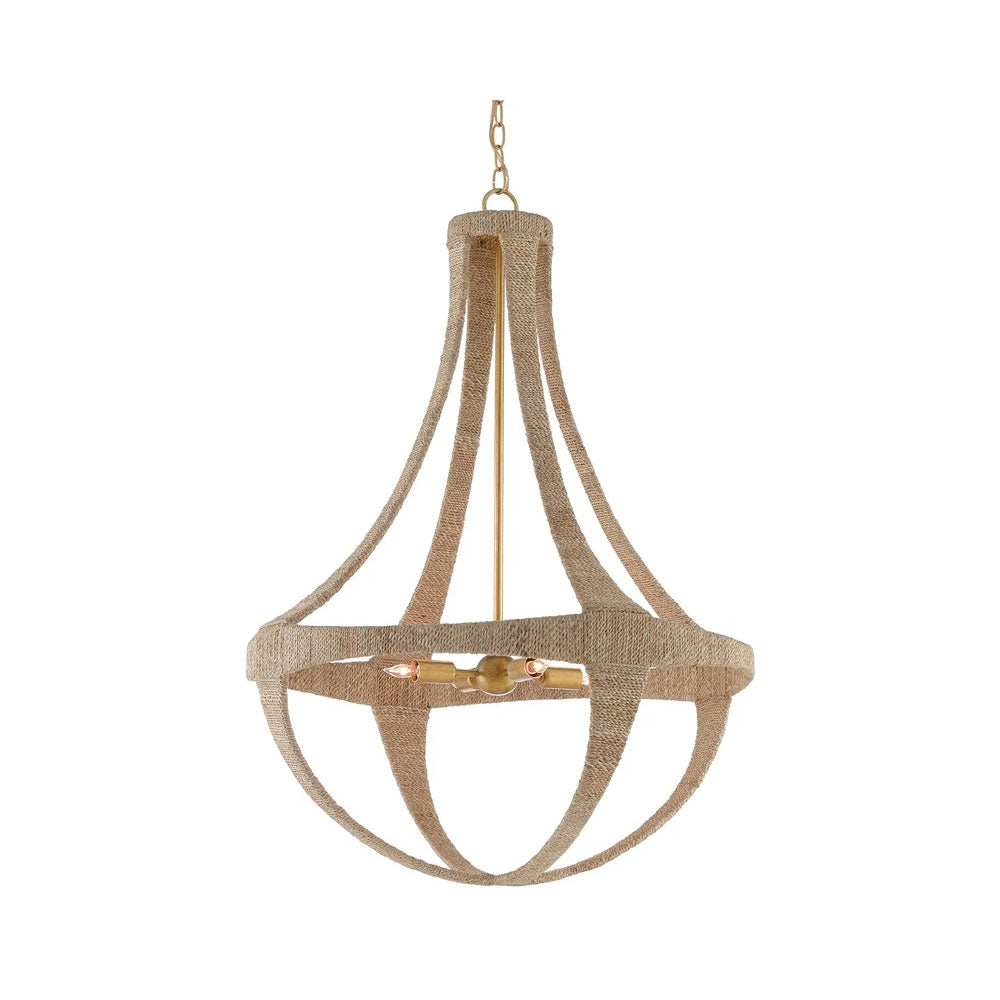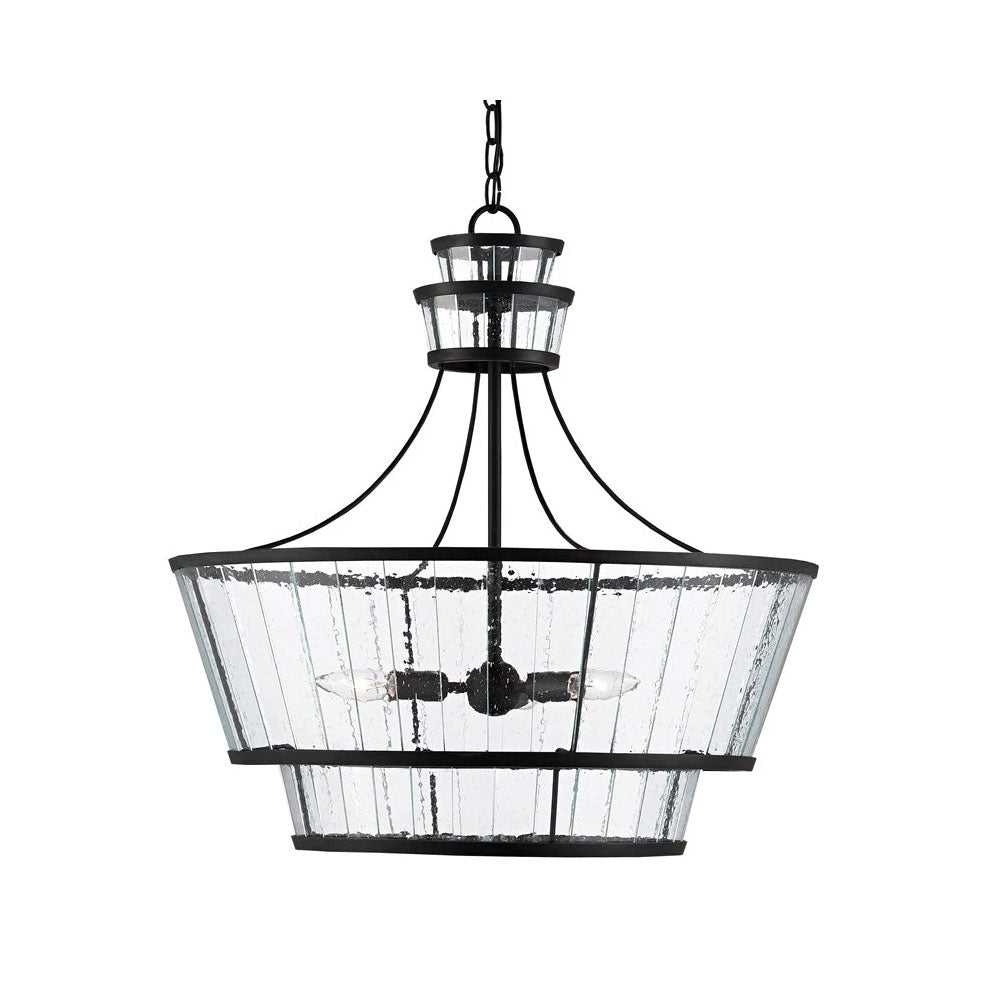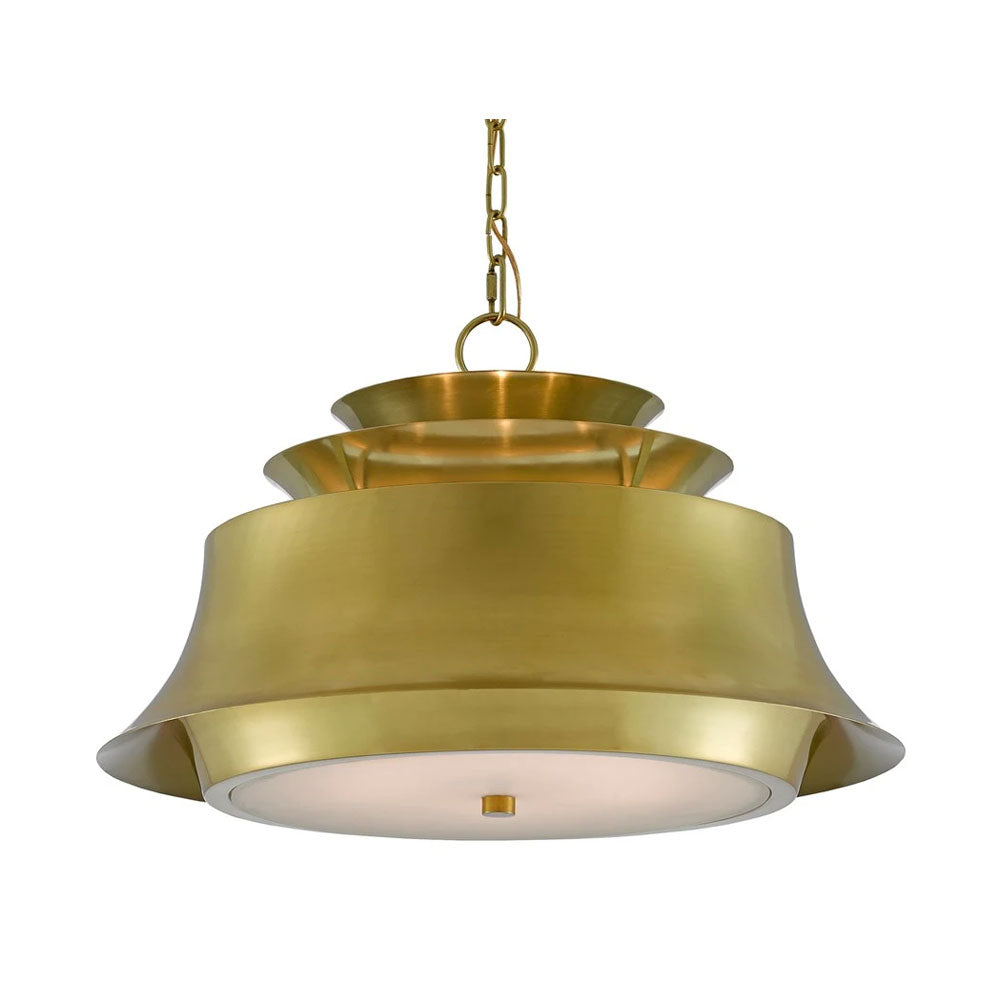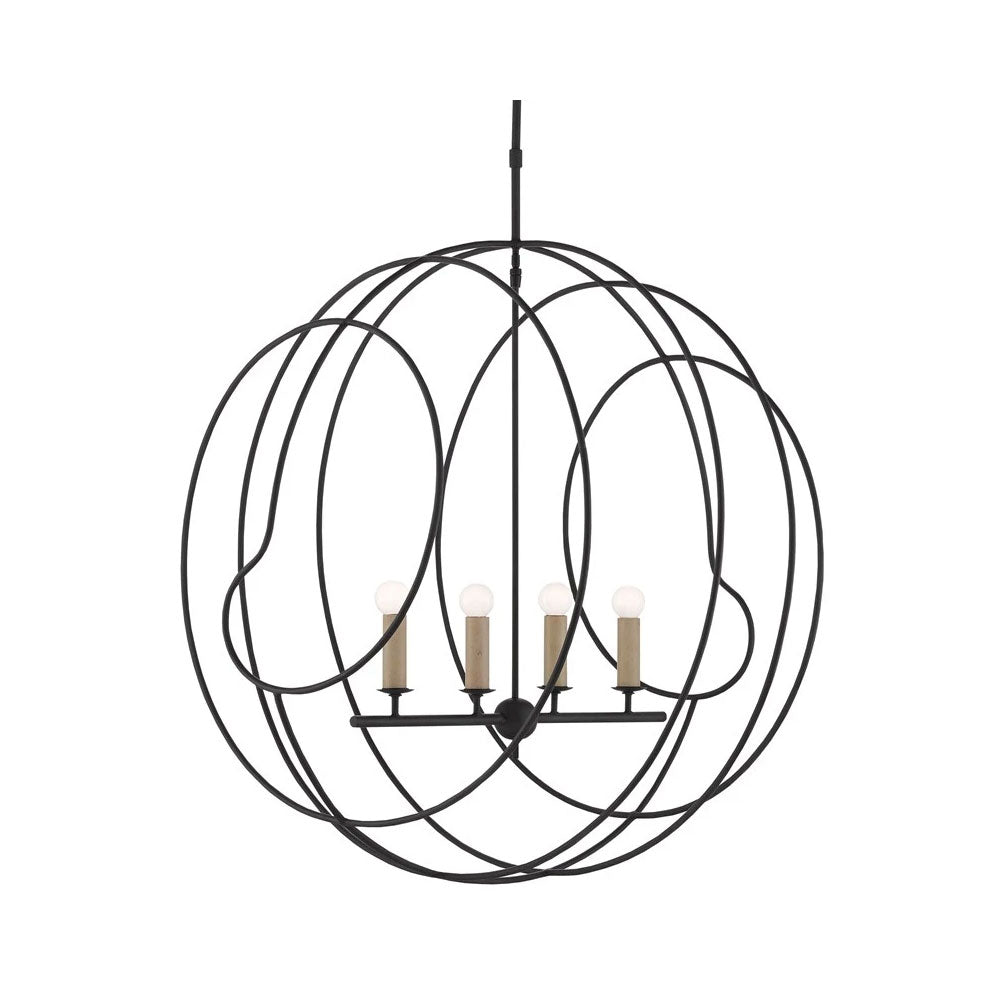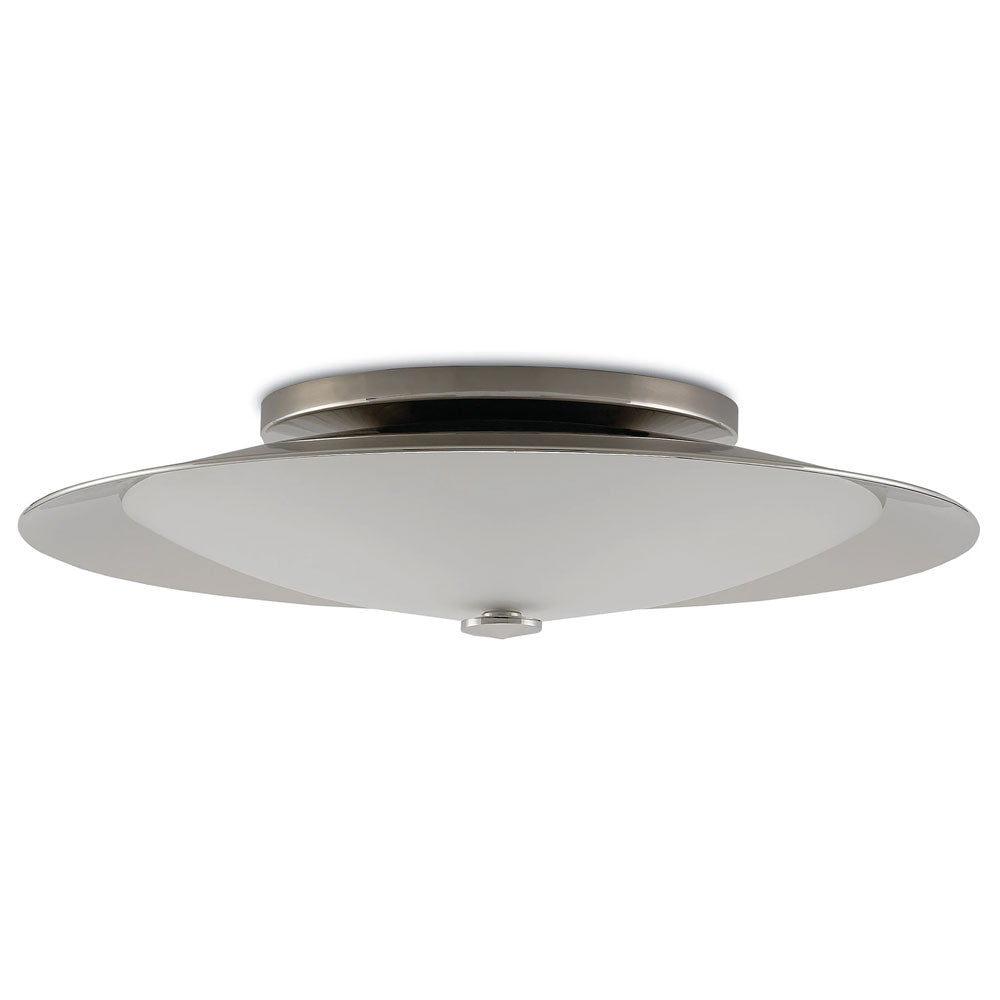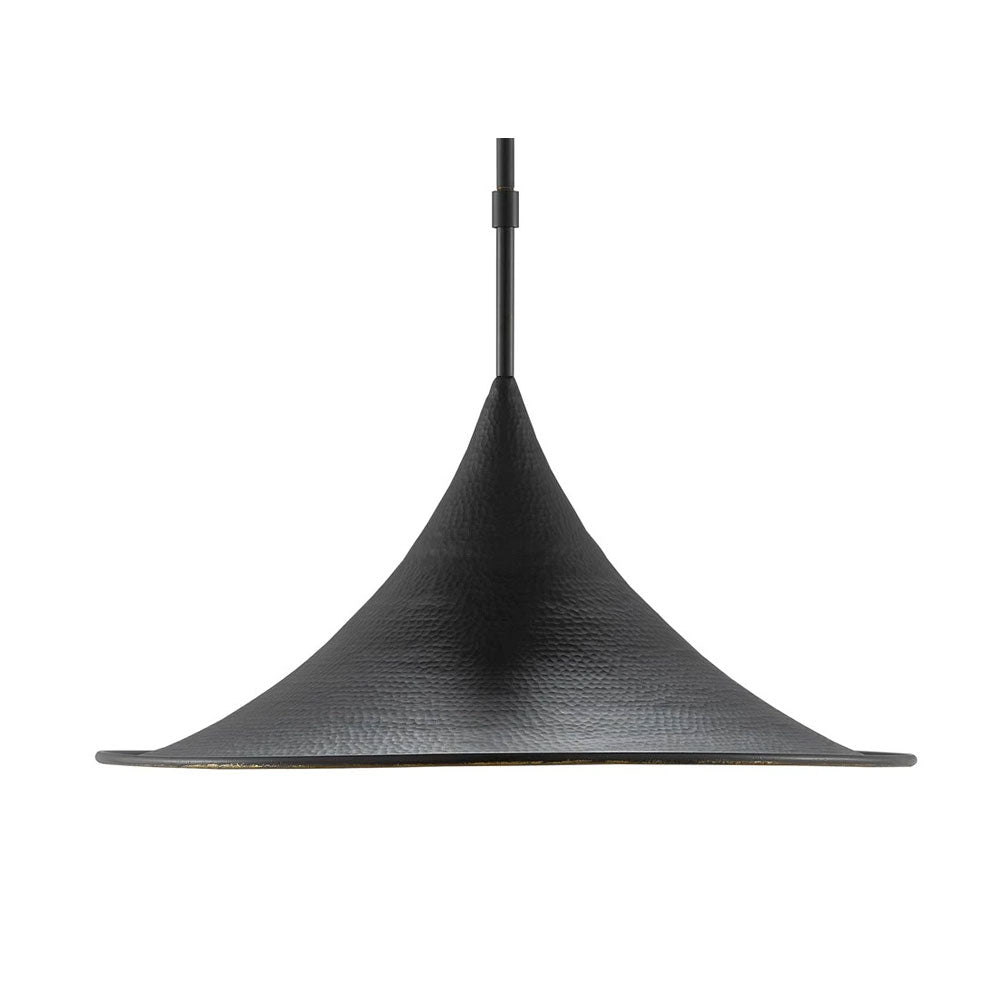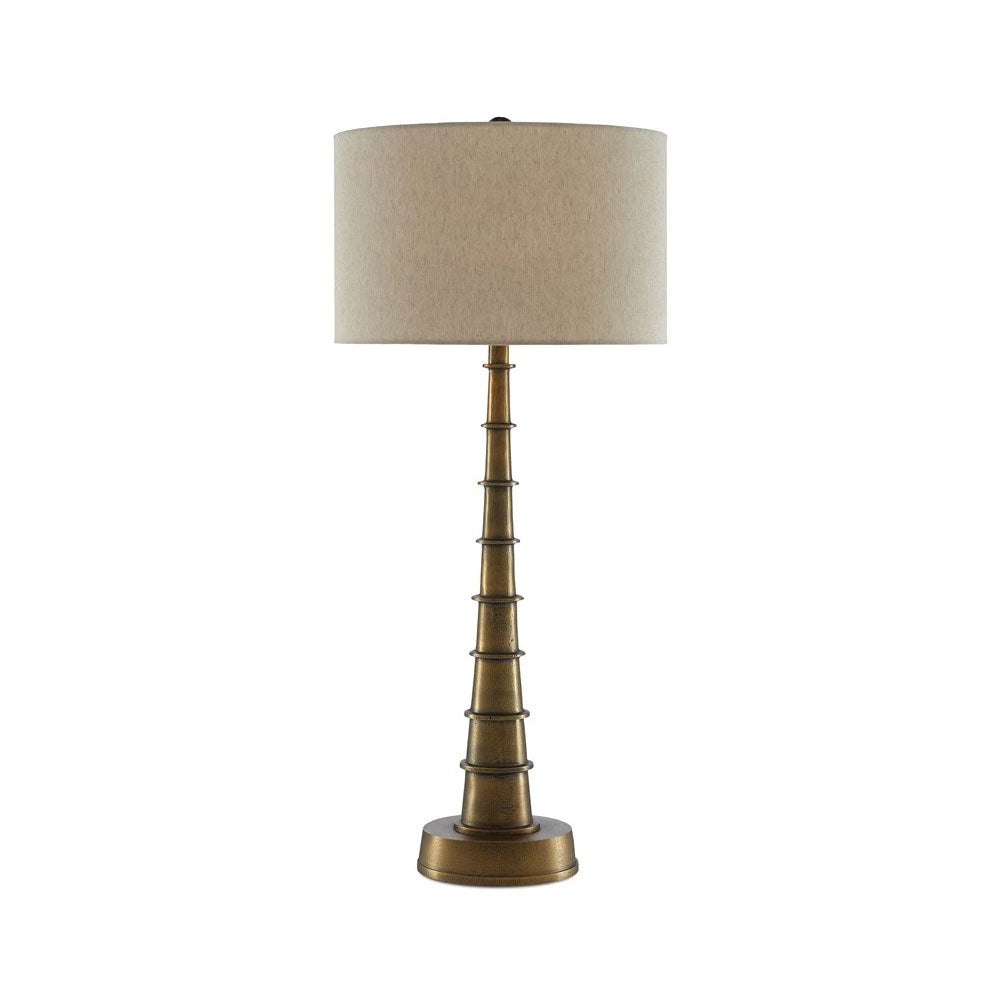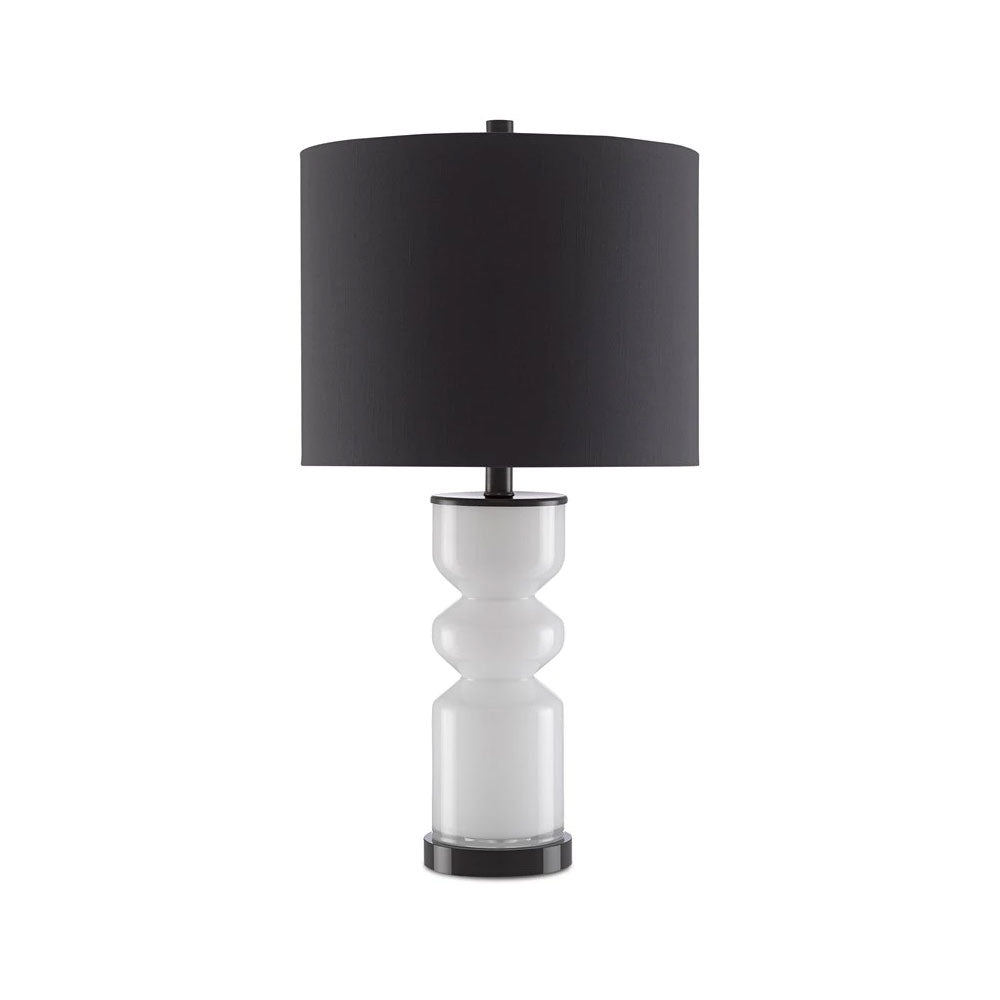© Copyright 2020 by ShopiLaunch. All Rights Reserved
News
Choosing new lighting fixtures for your home can be both fun and overwhelming at the same time. There are so many choices, from design decisions to the many bulb options.The recent Lightovation lighting conference in Dallas highlighted some new trends for 2016, while validating the industry-wide trend to adopt LED lighting technology.
A big design trend for 2016 is Midcentury Modern, as translated by many lighting manufacturers, including Kichler, Progress Lighting, Hinkley and Sonneman. This trend harkens back to the 50’s and 60’s of the last century, expressing a desire for simpler times and an understated, less-is-more attitude. These designs play well with any décor, from modern to more traditional rooms, since their clean lines blend easily.
Another trend is oversized fixtures, including chandeliers, pendants and especially ceiling fans. Multi-tier chandeliers look great in a high-ceiling entryway or foyer, filling the space and directing the eye upward. Large pendants can work in large or smaller spaces; it’s best to use multiples in larger spaces, but one oversized pendant in a smaller space makes a beautiful impact. Progress Lighting’s 2016 styles include oversized pendants to make a bold statement in a two-story foyer or cathedral ceiling.
Ceiling fans are getting bigger and bigger, making a huge design statement while delivering impressive air circulation and helping to reduce energy costs. Minka Aire is offering a new 99″ ceiling fan while Quorum International has a Windmill Fan design that would be equally at home in a barn or a high-end custom home.
The popularity of warmer finishes has inspired lighting designers to add new looks in warm gold, muted brass tones and even burnished nickel or silver. Many lighting designers are now mixing metals: gold with silver, copper with brass, for a sophisticated modern look.
Whatever your design style, stop by to see the newest 2016 lighting trends and talk to our lighting experts about bringing these new elements into your home lighting layout.]Kichler: Mid-Century 10-light rectangular chandelier from the Armstrong collection featuring a "sputnik" design with adjustable arms.Kichler: Mid-Century 10-light rectangular chandelier from the Armstrong collection featuring a “sputnik” design with adjustable arms.[/one_third]
[one_third]Hinkley: 2-Light Pendant in Deep Rose Gold with Etched Opal Glass Shade.Hinkley: 2-Light Pendant in Deep Rose Gold with Etched Opal Glass Shade.[/one_third]
[one_third_last]Quorum: Windmill Fan in Oiled Bronze Finish with Weathered Oak Blades Quorum: Windmill Fan in Oiled Bronze Finish with Weathered Oak Blades [/one_third_last]
Sonneman Grapes™: Luminous LED spheres in multiple sizes with a precisely crafted metal hemisphere infinity wave surrounding a crystal semisphere.
Sonneman Grapes™: Luminous LED spheres in multiple sizes with a precisely crafted metal hemisphere infinity wave surrounding a crystal semisphere.
0 Comments
The sparkle and dazzle of a well-placed chandelier defines and enhances the mood of any room. A chandelier that is too large can easily overpower a room and its inhabitants; one that is too small becomes insignificant and decreases the perceived value of the entire space. By following a few interior design guidelines for choosing the correct size, you will maximize the impact of the fixture. Room size affects chandelier size, but the type of space also affects the size.1. Measure the width and length of the room. Add these two numbers together and consider the resulting figure as inches rather than feet. This is the diameter of the chandelier that will best suit the room. Allow 2 to 3 inches of chandelier length per foot of wall height. For example a dining room with 10-foot ceilings, 16 feet wide and 18 feet long, can accommodate a chandelier 34 inches in diameter and 20 to 30 inches in length. This calculation is particularly well-suited to a chandelier hanging in the center of the room and over the major piece of furniture or focal point, as in a dining room. 2. Define the area in a large room of several conversation areas or functions with a table or area rug. Use half the table width as the diameter guideline for the chandelier over a focal point table. Use the length and width of the area rug added together and called inches as the chandelier diameter over a conversation area rug. 3. Calculate the diameter of multiple chandeliers over a focal point by dividing the diameter of the table by the number of hanging chandeliers plus 1. For example, a table 54 inches wide would be best partnered with two chandeliers 18 inches in diameter, hung 18 inches apart over the center of the table. 4. Choose a rectangular chandelier for a rectangular table that is in keeping with the proportions of the table. For example, for a table that is 54 inches wide and 72 inches long, the diameter should be 27 inches. Subtract 27 inches from the length of the table for the result of a length of 45 inches. The rectangular chandelier best proportioned to this table would be 27 inches wide and 45 inches long. 5. Consider that a stairwell has a perceived wall height of two stories and calculate the length of the chandelier accordingly. Two-story entries should be treated similarly. 6. Hang the chandelier so the bottom is no less than 30 inches from the table surface in a dining room and no less than 7 feet from the floor in a hallway or stairwell. These guidelines will affect the length of the piece, so adjust accordingly.
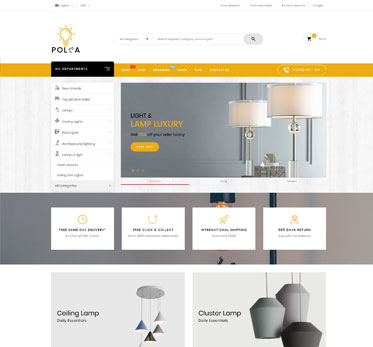
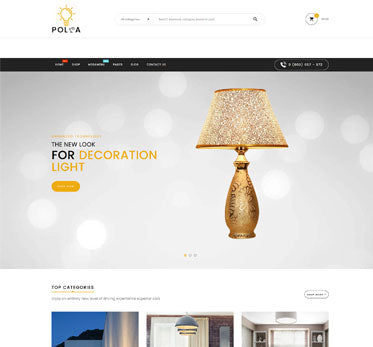
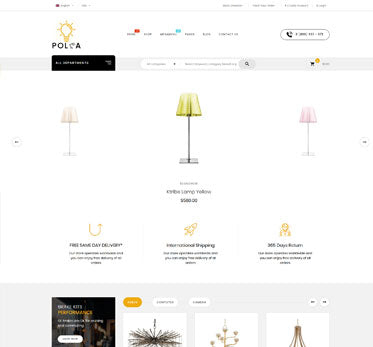
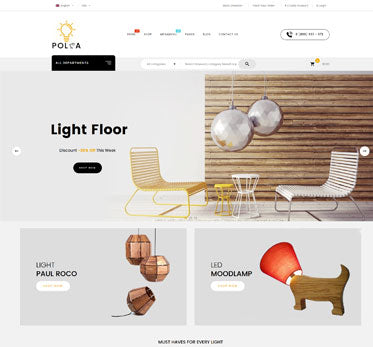
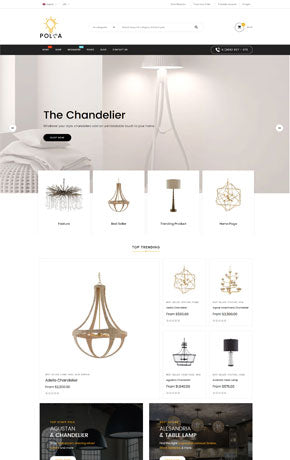

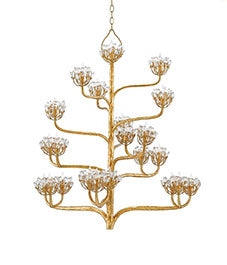
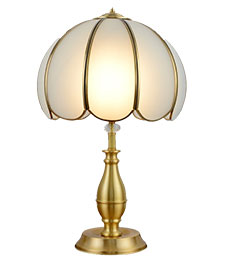
 English
English
